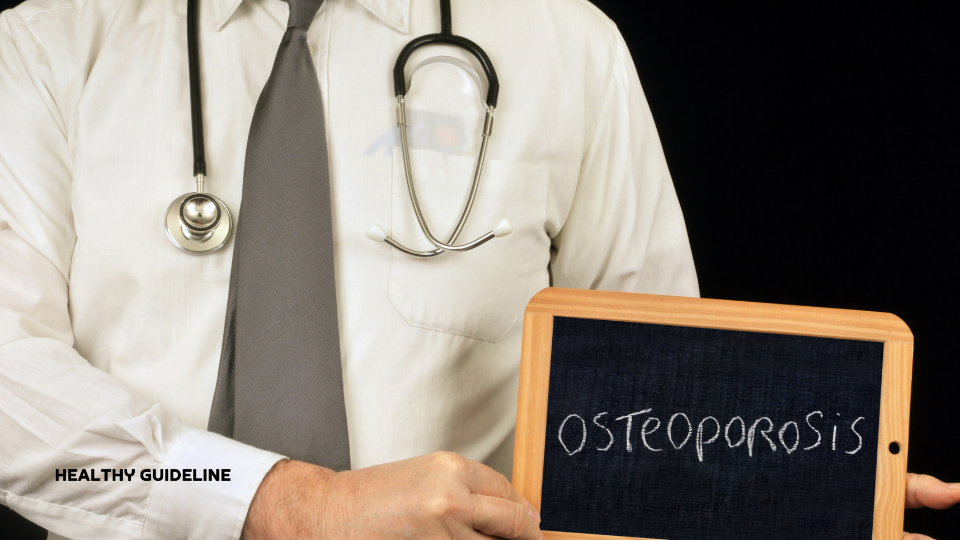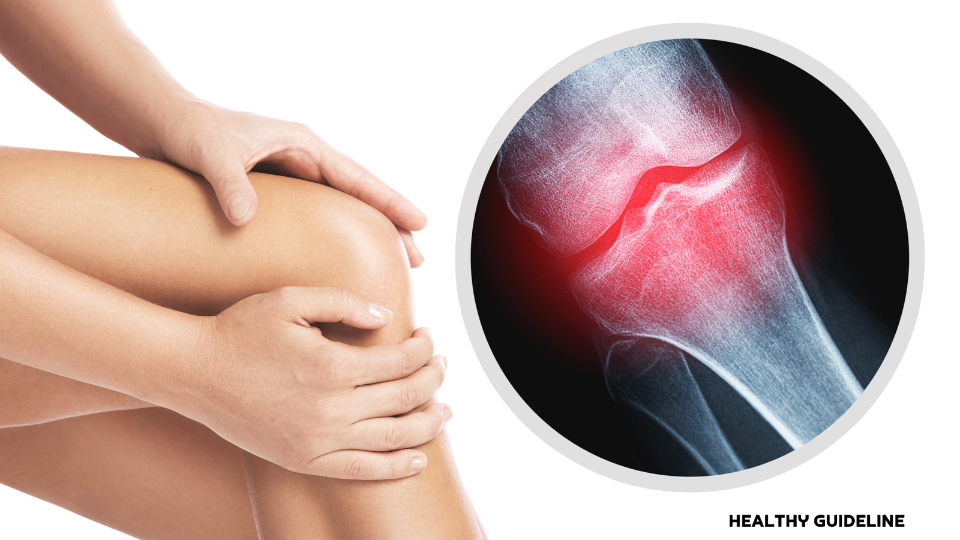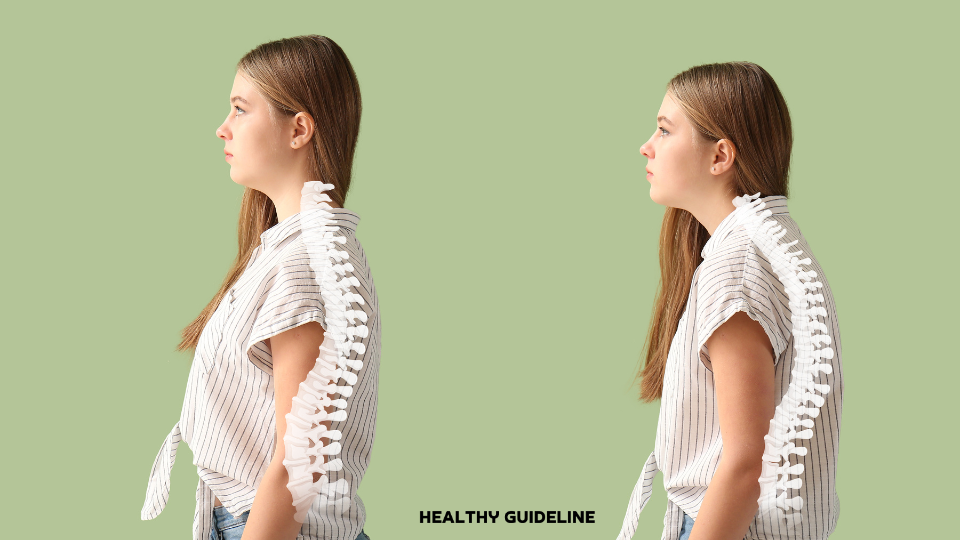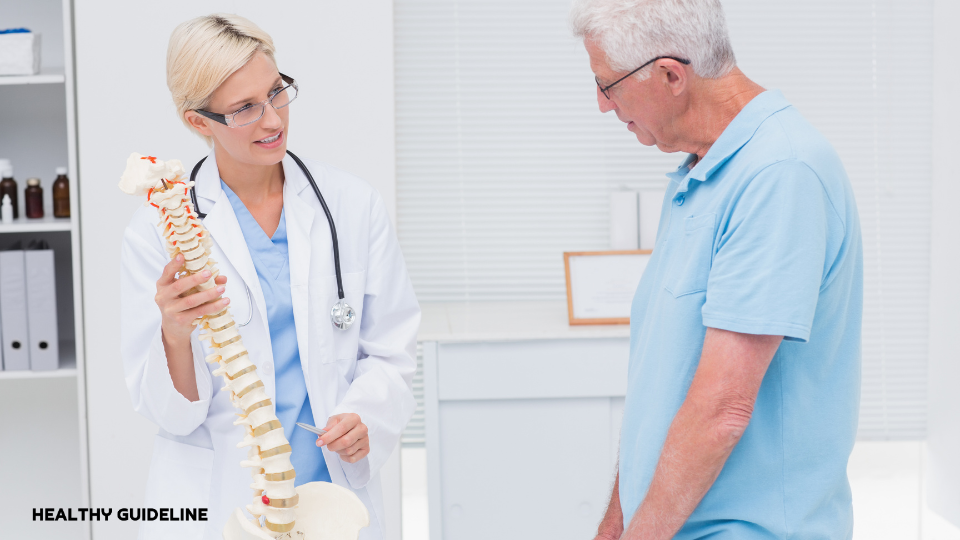BONE AND JOINT HEALTH
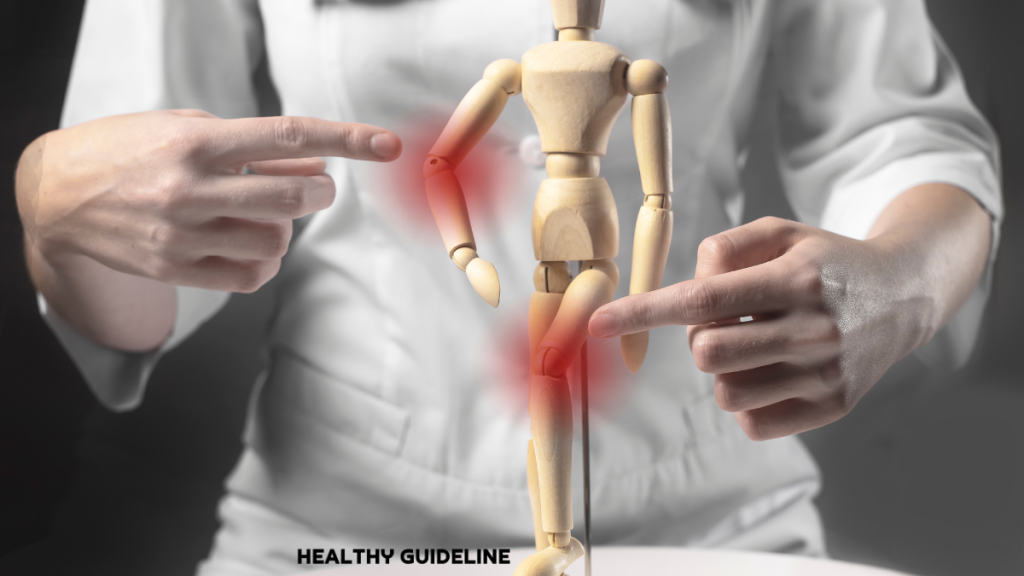
Explore a wealth of knowledge on bone and joint health to embrace an active and pain-free lifestyle. Our comprehensive resources cover everything from preventive measures to managing conditions. Whether you're seeking exercises for stronger joints or understanding common orthopedic issues, empower yourself with insights tailored for optimal bone and joint well-being.
Frequently Asked Questions (FAQ)
The field of orthopedics has seen remarkable advancements, including smart implants, 3D printing, robot-assisted surgeries, and biological interventions. Stay updated on these cutting-edge technologies for a comprehensive view of orthopedic innovation.
Smart implants are equipped with sensors and connectivity, enabling real-time monitoring of joint conditions. They provide personalized data to both patients and healthcare providers, allowing for proactive management and timely interventions.
Absolutely. 3D printing allows for the creation of custom-designed implants tailored to an individual’s anatomy. This technology ensures a precise fit, improved functionality, and faster recovery times.
Robot-assisted surgeries in orthopedics enhance precision and accuracy. Surgeons collaborate with robots to achieve optimal outcomes in procedures like joint replacements, offering minimally invasive options and faster recovery.
Biological interventions, such as stem cell therapies and PRP injections, stimulate the body’s natural healing processes. They promote tissue regeneration, reduce inflammation, and provide alternatives to traditional surgical approaches.
Augmented reality aids orthopedic surgeons in visualizing patient anatomy during surgical planning. This technology enhances preoperative assessments, leading to more accurate and effective surgical procedures.
Nanotechnology introduces tiny particles into orthopedic materials, improving implant durability, reducing inflammation, and enhancing biocompatibility. These advancements mark a significant shift in joint prosthetics.
Yes, telemedicine allows patients to connect with orthopedic specialists remotely. Virtual consultations offer convenience, especially for individuals in remote areas, ensuring accessibility to expert orthopedic care.
Wearable devices provide real-time feedback on movement patterns, exercise adherence, and recovery progress. These devices empower individuals to actively participate in their orthopedic rehabilitation, fostering better outcomes.
Genetic testing provides insights into how your genetic makeup influences susceptibility to orthopedic conditions. Understanding these genetic factors can inform personalized prevention and treatment strategies.
Yes, innovations in orthopedic pain management include targeted drug delivery systems, minimally invasive procedures, and integrative approaches, offering more effective and patient-centered pain relief options.
Tele-rehabilitation involves remote monitoring and guidance for orthopedic patients. It utilizes technology to connect patients with physical therapists, ensuring continuity of care and support during the recovery process.
Stem cells have regenerative properties that make them valuable in orthopedic treatments. They can promote healing and tissue regeneration, offering potential benefits in conditions like osteoarthritis and tendon injuries.
3D printing enables the creation of custom-fitted orthopedic prosthetics, ensuring a comfortable and precise fit for individuals. This technology enhances the functionality and aesthetics of prosthetic devices.
In some cases, virtual appointments can be used for the initial assessment of orthopedic conditions. However, in-person evaluations and diagnostic tests may be necessary for a comprehensive diagnosis.
Yes, non-surgical options for orthopedic injuries include physical therapy, pain management techniques, and regenerative therapies. These approaches aim to improve function and reduce pain without surgery.
Patient-specific instrumentation uses advanced imaging and 3D printing to create customized surgical tools for each patient. This enhances surgical precision, reduces operative time, and improves overall outcomes.
Regenerative medicine involves the use of biological materials, such as stem cells and growth factors, to stimulate the body’s natural healing processes. This approach holds promise for repairing damaged tissues in orthopedic conditions.
Yes, many orthopedic procedures can be performed using minimally invasive techniques. These approaches involve smaller incisions, leading to quicker recovery times and reduced postoperative discomfort.
Physical therapists are crucial in orthopedic care, providing rehabilitation and exercise programs to enhance mobility, strength, and flexibility. They work collaboratively with patients to achieve optimal recovery outcomes.
Personalized orthopedic care involves tailoring treatment plans to individual needs. This includes considering factors like age, lifestyle, and specific health conditions to optimize outcomes and patient satisfaction.
Nutrition plays a vital role in orthopedic health by supporting bone density, muscle function, and overall tissue health. A well-balanced diet rich in essential nutrients contributes to better orthopedic outcomes.
Yes, chronic orthopedic conditions can impact mental health. Pain, limitations in mobility, and lifestyle changes associated with orthopedic conditions may contribute to anxiety, depression, or stress.
Technology integration, such as wearable devices and telemedicine, enables real-time postoperative monitoring. This ensures prompt detection of any issues, enhances patient engagement, and improves overall postoperative care.
Yes, holistic approaches may include mindfulness practices, acupuncture, and integrative therapies to manage orthopedic pain. These complementary methods aim to address pain from multiple angles for comprehensive relief.
Early intervention in orthopedic conditions can prevent further damage, reduce the severity of symptoms, and enhance the effectiveness of conservative treatments. Timely care is crucial for optimal outcomes.
Some orthopedic conditions may have a hereditary component. Genetic factors can influence the risk of conditions like osteoarthritis and certain musculoskeletal disorders.
Preparing for orthopedic surgery involves understanding the procedure, following preoperative instructions, maintaining overall health, and having a support system in place for the postoperative period.
Regular physical exercises, including strength training and flexibility exercises, play a crucial role in preventing orthopedic issues. They contribute to joint health, muscle strength, and overall mobility.
Yes, lifestyle changes such as maintaining a healthy weight, staying physically active, and adopting ergonomic practices can significantly contribute to the management of orthopedic conditions. Lifestyle modifications are integral to holistic orthopedic care.



